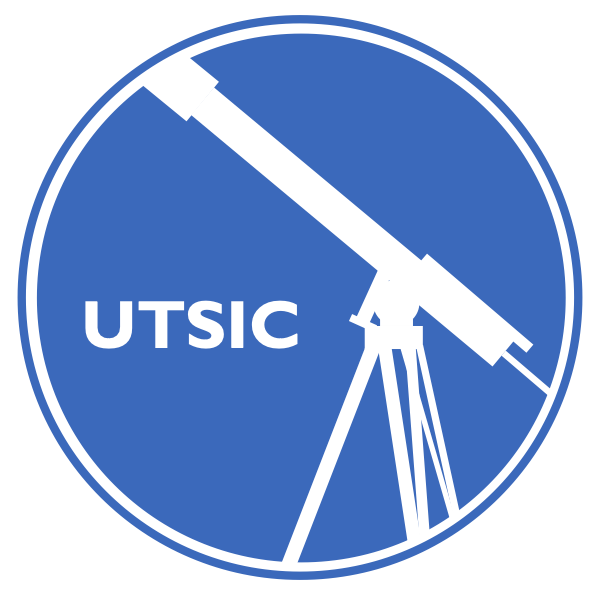In 2017, the UTSIC project acquired a number of disability-related instruments and artifacts from the Bickle Centre of the Toronto Rehabilitation Institute. Most are in the domain of optometry and audiology and date from around the 1960s and 1970s.
These range from testing instruments to consumables. Only a few items have so far been catalogued. This is a useful collection in exploring the history of disability, providing a clinical perspective.
There are fewer than 100 items in this collection.
History
The Toronto Rehabilitation Institute is a complex institution currently comprising several amalgamated institutions at five different locations, each with its distinct history. This collection was gathered from the EW Bickle Centre for Complex Continuing Care (Bickle Centre), formerly known as the Queen Elizabeth Hospital, located at 130 Dunn Ave. site.. The Queen Elizabeth Hospital dates back to 1874 when a rented home at 108 Bathurst St. designated the “Toronto Home for Incurables”. This was founded to address a lack of accommodation for patients with chronic conditions at the Toronto General Hospital. In 1880, the organization moved to a new location at 130 Dunn Ave. There it would remain and develop, undergoing a series of name changes.
In 1907, it became the “Toronto Hospital for Incurables”. The moniker “incurable” became increasingly controversial with time; though offensive to patients, it was said to attract public sympathy and support. In 1941, the name changed to “The Queen Elizabeth Hospital for Incurables”, and, in 1962, “The Queen Elizabeth Hospital, Toronto”. At some point following the hospital’s amalgamation into the Toronto Rehabilitation Institute in the late 1990s, it was renamed the Queen Elizabeth Centre. In 2007, the Centre was renamed The E.W. Bickle Centre for Complex Continuing Care following a large private donation.
The hospital evolved considerably in the scope of its services and institutional mandate. Dental services were first provided in 1882. Vision testing began in 1899. In 1927, an occupational therapy program started with physiotherapy starting in 1938. Medical research at the hospital began around the middle of the 20th century through the work of researchers affiliated with the University of Toronto. Research was undertaken in areas such as the development of joint diseases and the decrease in hearing with age. In 1972, an agreement with the University of Toronto led to the formation of the The Queen Elizabeth Hospital Research Institute. As part of this arrangement, the hospital acquired a new space at 550 University Avenue in 1975. In 1978, The Queen Elizabeth Hospital was affiliated with the University of Toronto as a teaching hospital. The late 1970s also saw significant expansions with a major upgrade of the original hospital and the new University Avenue space.
In 1997, the Queen Elizabeth Hospital was merged with Hillcrest Hospital to form the Rehabilitation Institute of Toronto. Founded at 47 Austin Terrace in 1886, Hillcrest Hospital, was an equally venerable institution focussed on rehabilitation. In 1998, the Rehabilitation Institute of Toronto was merged with the Lyndhurst Hospital and the Toronto Rehabilitation Centre to form the Toronto Rehabilitation Institute. Both the latter institutions were initially founded in the first half of the 20th century to address the needs of war veterans before expanding offering civilian care. In 2011, the Toronto Rehabilitation Institute joined the University Health Network, a teaching hospital network affiliated with the University of Toronto Faculty of Medicine.
